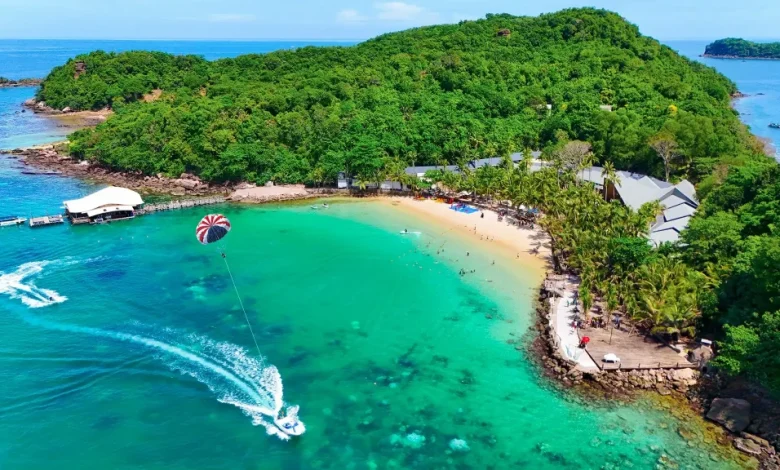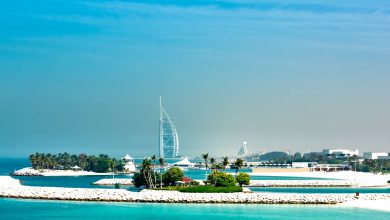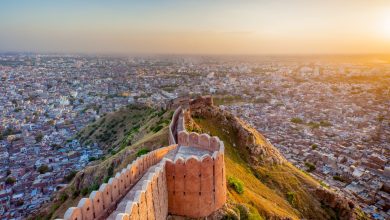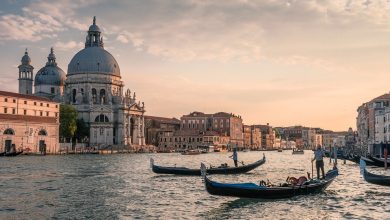Exploring Vietnam’s Lesser-Known Islands: Hidden Paradises Beyond Phu Quoc

When travelers think of Vietnamese islands, Phu Quoc often steals the spotlight—and for good reason. With its white-sand beaches, luxury resorts, and convenient accessibility, it’s a top choice for many international visitors. But Vietnam is home to a constellation of lesser-known islands that promise unspoiled beauty, cultural depth, and raw adventure, without the tourist crowds. These hidden gems offer a truly unique getaway, whether you’re backpacking, planning a romantic escape, or seeking a nature-filled travel package to Vietnam.
Let’s take a journey off the beaten path and explore some of Vietnam’s lesser-known island paradises.
Why Should You Consider Lesser-Known Islands in Vietnam?
If you’re looking for an authentic experience far from commercial tourism, lesser-known Vietnamese islands deliver just that. While popular destinations like Halong Bay or Phu Quoc cater to mainstream tourism, islands such as Con Dao, Ly Son, and Nam Du remain under the radar. Here, you’ll find tranquil beaches, untouched coral reefs, friendly fishing villages, and the kind of peace that’s hard to come by in overdeveloped tourist spots.
Choosing these lesser-known destinations also helps you support local communities and engage with Vietnam’s rich cultural and natural heritage in a more meaningful way.
What Makes Con Dao Island a Hidden Treasure?
Located about 230 kilometers from Ho Chi Minh City, the Con Dao archipelago is a cluster of 16 islands best known for their history and untouched landscapes. Once the site of a brutal French colonial prison, Con Dao has transformed into a sanctuary of serene beaches, coral reefs, and lush national parks.
The island is perfect for nature lovers and history buffs alike. Trek through the jungles of Con Dao National Park, snorkel in crystal-clear waters, or explore the remnants of colonial prisons and war memorials. The beaches here, especially Dam Trau Beach, are postcard-perfect and often nearly empty—ideal for a quiet escape.
Several Vietnam tour companies now offer travel packages that include flights from Ho Chi Minh City and accommodation on the island, making it easier than ever to explore this fascinating location.
What Awaits on the Remote Shores of Ly Son Island?
Ly Son, located off the coast of Quang Ngai province in Central Vietnam, is a volcanic island that looks like something straight out of a travel magazine. Often called the “Jeju of Vietnam,” Ly Son features striking black basalt rocks, garlic farms, and turquoise waters. Despite its beauty, it’s largely overlooked by international travelers.
You can hike to the summit of Thoi Loi volcano, visit the To Vo Gate rock formation, or sample the island’s famed garlic-infused dishes. Ly Son is best visited in the dry season (June to September), and although getting there requires a boat ride from the mainland, the journey rewards you with sweeping ocean views and a quiet island experience.
If you’re looking for something truly different in your travel package to Vietnam, Ly Son offers a natural and cultural depth that’s hard to match.
Why Should You Add Nam Du Islands to Your Itinerary?
Nam Du is a tropical archipelago in the Gulf of Thailand, not far from Phu Quoc but much less developed. With its palm-fringed beaches, clear waters, and laid-back vibes, Nam Du feels like a throwback to what Phu Quoc might have been like two decades ago.
Island hopping by boat is the main activity here. You’ll get to swim in hidden coves, fish with locals, and savor freshly caught seafood grilled right on the beach. Accommodation ranges from budget homestays to beachfront bungalows, providing options for every kind of traveler.
Due to its remoteness, it’s best to plan ahead with a trusted Vietnam tour company to ensure ferry connections and accommodations are booked, especially during peak season.
How Can You Visit Binh Ba and Binh Hung Islands Responsibly?
Located in Khanh Hoa province near Nha Trang, Binh Ba and Binh Hung are tiny islands famous for their lobster fishing industry. Though these islands are beginning to attract more domestic tourists, they still retain their charm and authenticity.
Snorkeling, swimming, and eating are the main draws here. Binh Ba, also known as “Lobster Island,” is heaven for seafood lovers. Fresh, affordable, and cooked to perfection, the local cuisine is reason enough to make the trip. On Binh Hung, you’ll be treated to soft beaches and hidden caves just waiting to be explored.
However, since these islands are relatively undeveloped, visitors should practice sustainable travel habits. Avoid single-use plastics, respect local customs, and opt for eco-friendly travel packages in Vietnam that emphasize low-impact tourism.
What Are Some Travel Safety Tips for Vietnam’s Islands?
While Vietnam is considered one of the safest destinations in Southeast Asia, traveling to remote islands comes with unique considerations. Here are some essential travel safety tips for Vietnam’s lesser-known islands:
- Pack essentials: Medical facilities are limited on remote islands. Bring basic first aid supplies, any prescription medications, and sunscreen.
- Stay connected: Cellular reception can be spotty. Let someone know your itinerary if heading off-grid.
- Weather watch: Typhoon season (June to November) can affect ferry schedules. Always check the forecast and plan accordingly.
- Travel insurance: Ensure your plan covers boat travel and emergency evacuations.
- Use reputable services: Choose a Vietnam tour company with good reviews for safe boat transfers, lodging, and guided tours.
Following these tips ensures a smooth, worry-free island adventure.
Are These Islands Suitable for Families or Solo Travelers?
Absolutely. Whether you’re traveling solo, with your partner, or your entire family, there’s something for everyone. Solo travelers will appreciate the peaceful vibe and opportunities for reflection, while families can enjoy safe beaches, cultural experiences, and nature-focused activities.
Be sure to communicate your preferences when booking through a tour provider. Many travel packages to Vietnam now cater specifically to families or solo travelers, including tailored activities and accommodations.
What Should You Know Before Booking a Travel Package to Vietnam’s Islands?
Not all islands are equally accessible. While Con Dao has an airport, places like Ly Son or Nam Du require ferry rides and advance planning. That’s why partnering with a knowledgeable Vietnam tour company can be invaluable—they handle the logistics, leaving you free to soak in the experience.
Also, consider your travel style. Are you seeking luxury or a rustic beach hut? Do you want a guided experience or a DIY island-hopping trip? Many tour companies offer customizable packages, so don’t hesitate to ask for adjustments based on your preferences.
FAQs
1. What is the best time to visit Vietnam’s lesser-known islands?
The dry season (from November to April) is ideal for most islands. However, some southern islands like Nam Du and Con Dao are best visited between December and May to avoid storms.
2. Are the islands in Vietnam suitable for snorkeling and diving?
Yes. Islands like Con Dao and Binh Hung offer excellent underwater experiences with coral reefs, colorful marine life, and calm waters perfect for snorkeling.
3. Is it safe to travel alone to Vietnam’s islands?
Generally, yes. Vietnam is a safe country, and its islands are no exception. Just take standard precautions—keep your valuables secure, inform someone of your plans, and stick to known routes.
4. How do I get to these lesser-known islands?
Access varies:
- Con Dao: flight or boat from Ho Chi Minh City
- Ly Son: ferry from Quang Ngai
- Nam Du: boat from Rach Gia
- Binh Ba and Binh Hung: boat from Cam Ranh or Nha Trang
5. Do I need to book in advance when traveling to these islands?
Yes, especially during holidays and peak seasons. Accommodation is limited, and boats fill up quickly. Booking in advance with a Vietnam tour company is highly recommended





